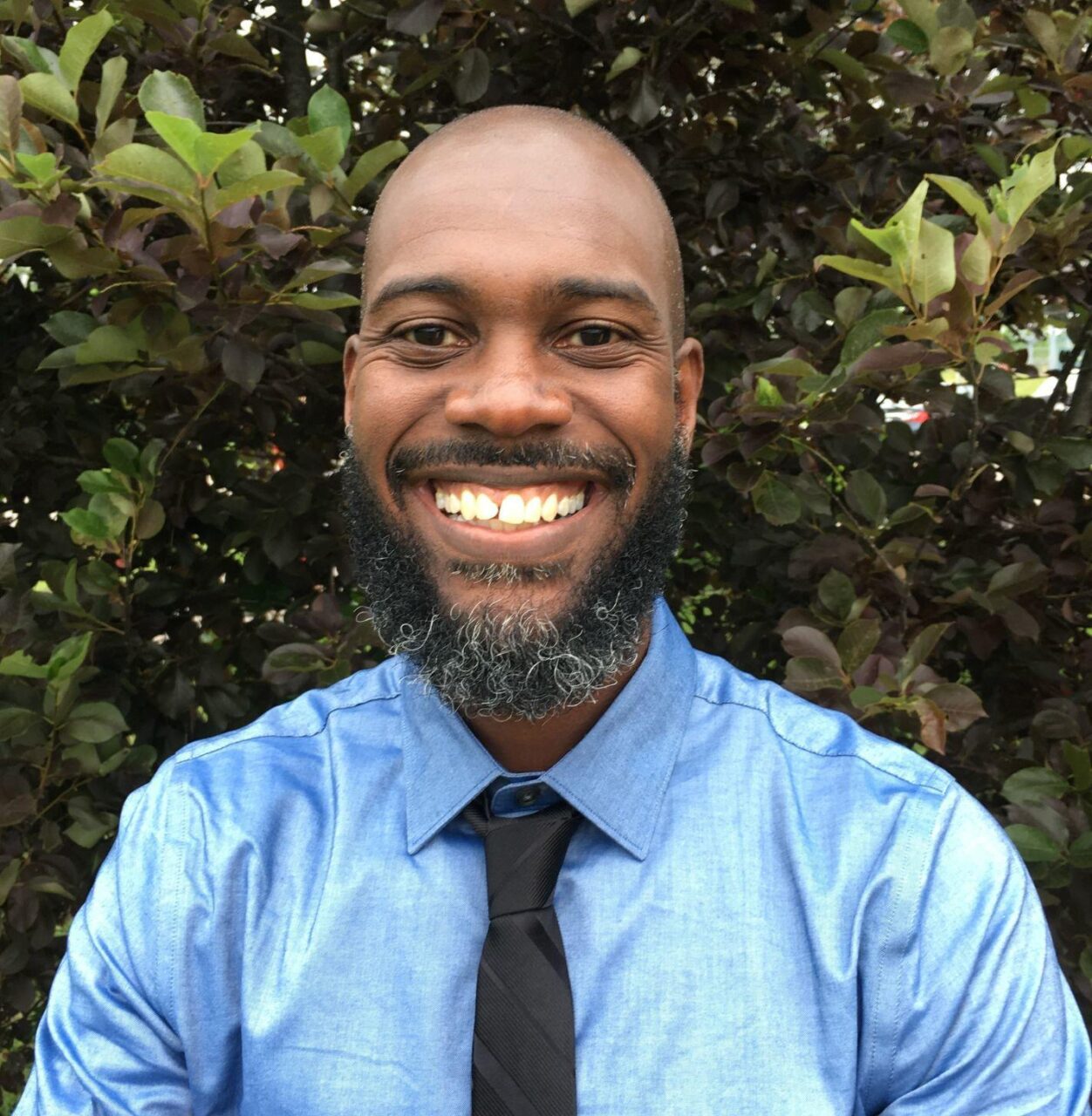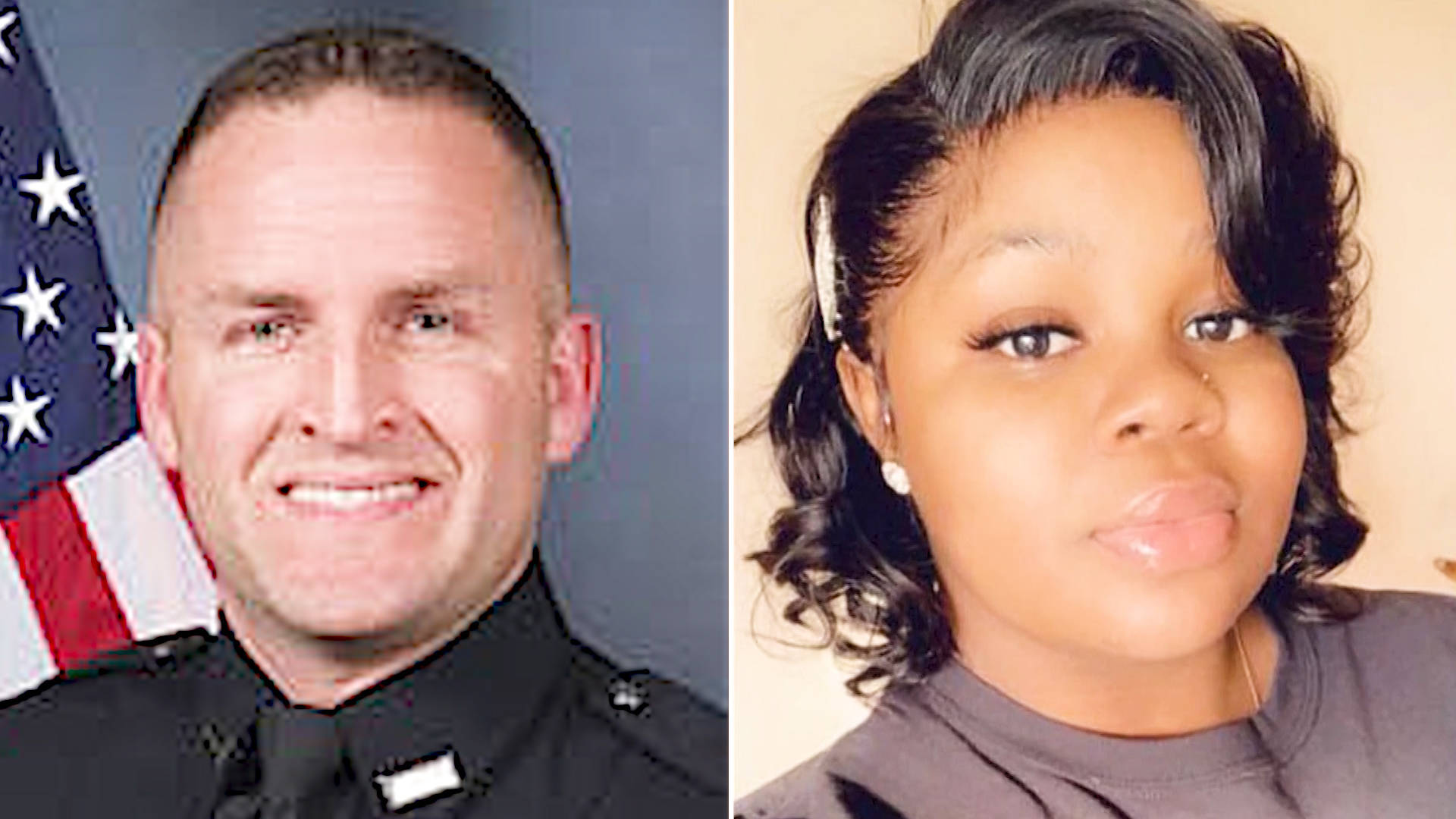June 19th (Juneteenth) 1865 marks the day enslaved Black people were finally free in America.
Some White Americans say, including my well-meaning and good neighbors, “I just wish all this race stuff would stop.”
They allude that they are not racist and give examples of “reverse racism” (for instance, Affirmative Action). I can empathize with my neighbors for making these comments because I also did not know the true story of race and injustice in America.
I am a Black person and I have had racist ideas. I am striving to be antiracist. I am still learning.
It is a historical fact that America accumulated wealth at the expense of Native Americans and Black enslaved Africans.
It is a historical fact that Americans with civil rights secured wealth because of the Homestead Act of 1862, which overwhelmingly benefited Whites compared to Blacks.
It is a fact that tax breaks most benefit the wealthy. People with wealth can transfer their accumulated wealth from one generation to the next. If people truly knew this, would they use “reverse racism” to justify racism?
The word free is a lie because that is not the true story of race in America.
The story of race in America is 246 years of slavery (1619 to 1865). The story of race in America is 103 years of Jim Crow Laws (separate but equal from 1865 to 1968).
The word equal is also a lie. We must never forget that during this era the Tulsa race massacre occurred (May 31 – June 1, 1921) in which a White mob terrorized an affluent Black community in Tulsa, Oklahoma, and murdered at least 300 Black men, women and children in that community.
The story of race in America is 18 years of fighting for civil rights (Civil Rights Movement from 1950s to 1968). The story of race in America is 50 years of the mass incarceration of predominantly Black and Brown people.
There was a steady and dramatic increase in mass incarceration from 1970 to 2020. During the 1980s and 1990s, the U.S. government waged a war on drugs for a drug epidemic that disproportionately affected Black and Brown communities – sending more Black and Brown people into the hands of law enforcement.
Today a drug epidemic that disproportionately affects White communities is treated as a health crisis. To be clear, drug addiction is a health problem and should have always been treated as such.
The U.S. also has about 4.4% of the world’s population but nearly 22% of the world’s prisoners, overrepresented by Black people who are more than five times as likely to be incarcerated as Whites, and also much more likely to receive the death penalty.
The states with the highest lynching rates are now the states with the highest execution rates. The story of race in America is currently police violence against people of color.
A study published in the Proceedings of the National Academy of Sciences found that among all groups, Black men and boys face the highest lifetime risk of being killed by police. The story of race in America is 8 minutes and 46 seconds. Black lives matter. Black lives matter. Black lives matter. We should not have to say that, but it does not go without saying.
It will be impossible to change the story of race in America to one that is just and equitable for all people — one in which Americans know we are all equal while embracing the richness and beauty of our differences — if Americans are unwilling to acknowledge the true story of race in America, and be active in changing that story.
There is no middle ground in the face of injustice; having the ability to act and doing nothing evinces complicity.
In that spirit, on this day consider the ways in which you might play a role in pulling levers that dismantle racism and injustice in society.
For example, consider supporting through volunteering with and donating to local or national organizations that are striving to end racism and other injustices. Several of these national organizations include Black Lives Matter, Campaign Zero, and the NAACP.
Spend time educating yourself so you will have the language and skills to push back against racism and other injustices. Several reading resources include “How to Be an Antiracist,” “The New Jim Crow: Mass Incarceration in the Age of Colorblindness,” and “White Fragility: Why It’s So Hard for White People to Talk about Racism.”
Be open-minded, evaluate your beliefs and be willing to have difficult and uncomfortable conversations, including about race and racism, with the knowledge that these conversations will be difficult and uncomfortable.
Have empathy for others as you challenge false assumptions or racist ideas, knowing that we can all change because we are all learning and there is always room for improvement.
David Saunders-Scott is a faculty member in the Psychology department at Viterbo University, in LaCrosse, Wisconsin, where he has taught since 2011. He is originally from Jamaica and has lived in the United States since 1998, the year he started college in St. Paul, Minnesota.







